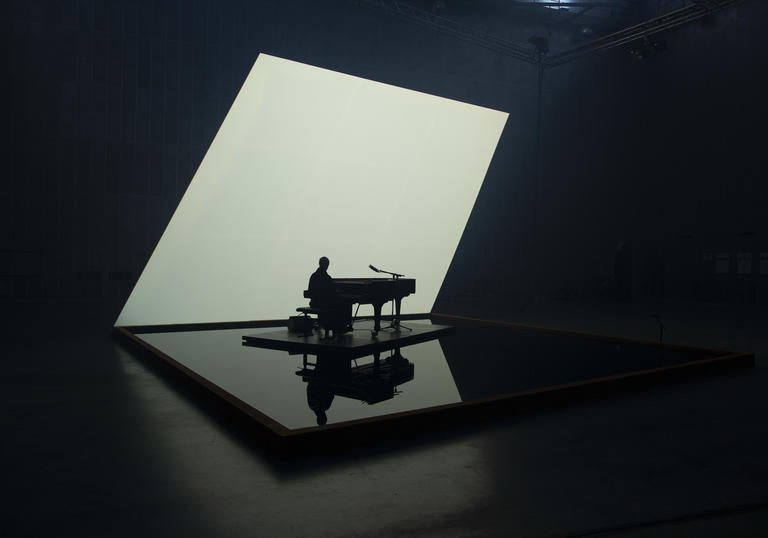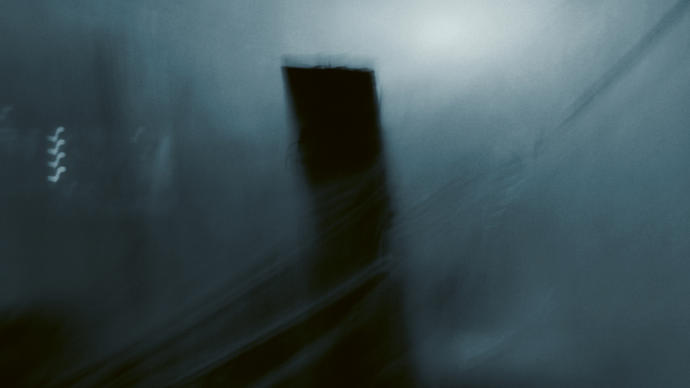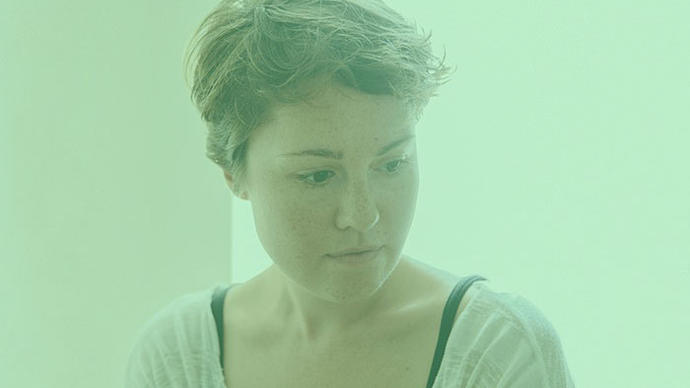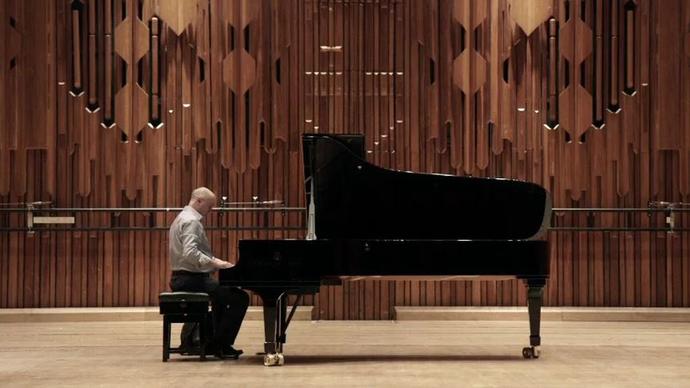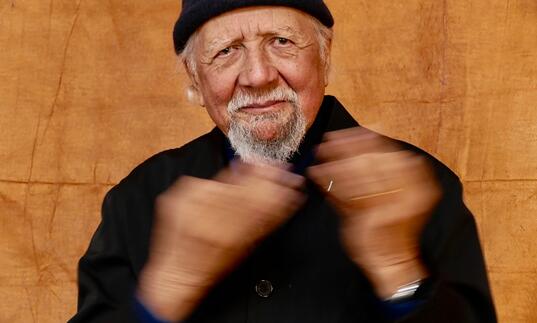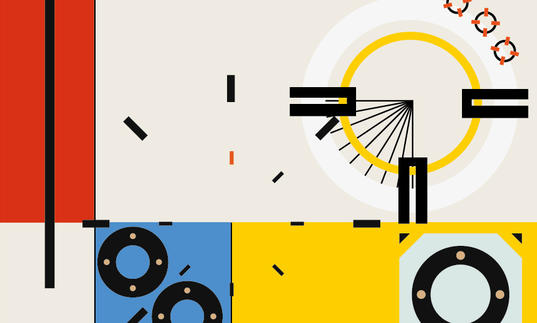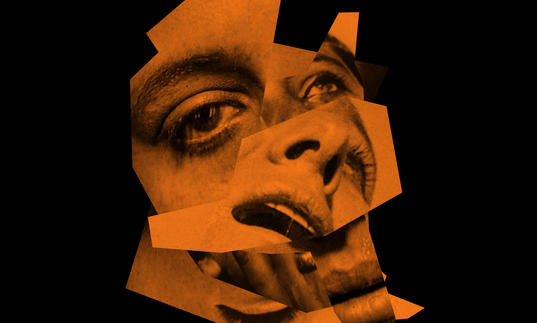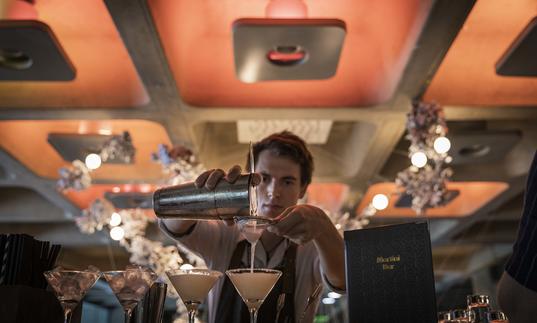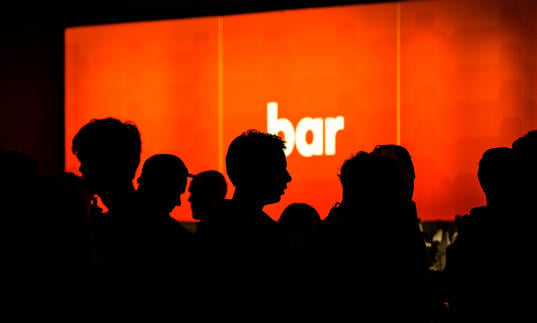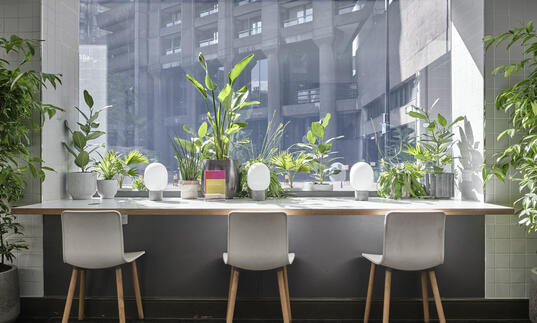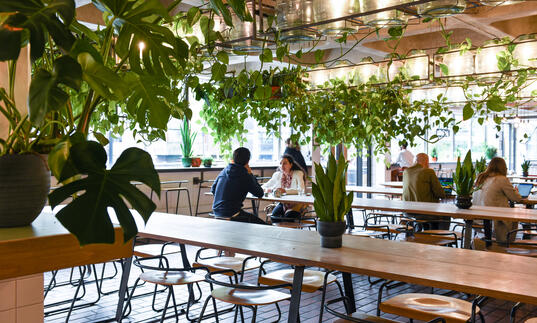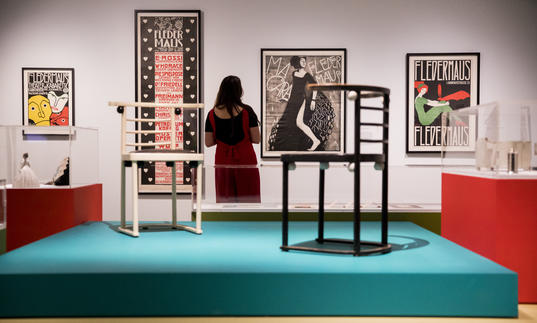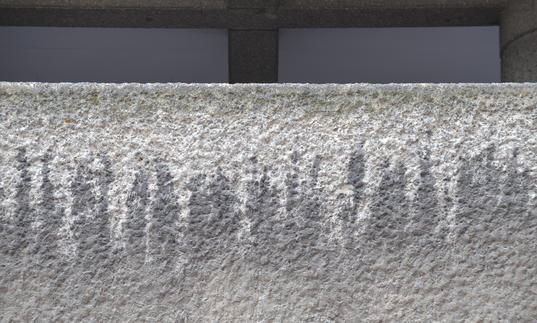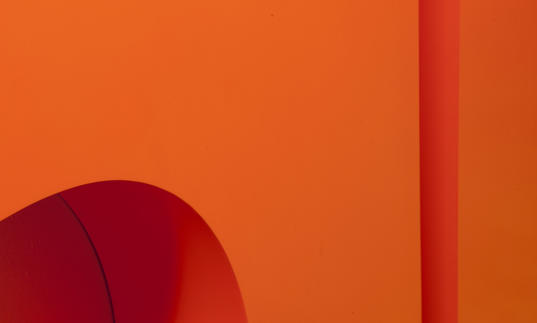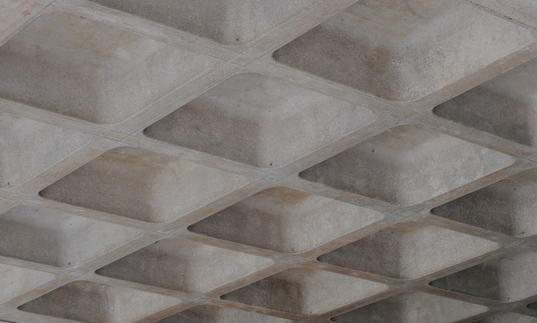Though they work in different art forms, pianist and composer Nik Bärtsch and visual artist Sophie Clements have a great deal in common. They first met at Norwegian festival Punkt in 2008. Bärtsch, who calls his signature minimalist style Ritual Groove Music or ‘zen-funk’ (in the case of his acclaimed quartet Ronin) remembers being instantly struck by Clements’s work. ‘These photos with metaphysical light sculptures in nature… They felt close to my way of feeling art as a connection of ancient energies,’ he says. ‘The artistic expression was very close to mine.’ He handed her a CD. They kept in touch and in 2015 they began to discuss a collaboration: When The Clouds Clear.
‘I remember the first thing we said when we met was that we really didn’t want to just have Nik playing the piano with a video behind it,’ says Clements, who often works with musicians, among them composers Thomas Adès and J. Peter Schwalm. ‘We wanted to offer a more theatrical experience, a physical, sculptural, elemental experience.’
Both artists share a preoccupation with ‘the mesmeric and a shifting perception of time’ and they’re both interested in exploring simplicity. ‘Having the maximum effect with the least material,’ says Clements. ‘Simple forms: water and light from my side and pure sounds from Nik’s side.’
Early on in the development of the project, Clements went to watch Bärtsch perform with his group, Mobile. She came home full of inspiration, put the record on and immediately began sketching. ‘I drew a piano on water and I drew rain,’ she remembers. ‘I continued to sketch for two years around this project, but we’re basically doing that first page. The idea came straight away as a response to hearing the music and having this emotional reaction.’
The projections of the sky and of water that Clements uses in the piece were filmed by the sea in Cornwall. She chose to work with 16mm analogue film because she wanted the visuals to have a softness and an ‘ambiguity’, in contrast to the planes of light that draw hard, graphic lines across the space. She’s also interested in imperfection and the film contains deliberate mistakes and fluctuations. Her approach is mirrored by the soft, organic sound of Bärtsch’s acoustic piano and the precision of his playing, which focuses on minute shifts and subtle variations.
Bärtsch has mapped some of the music out in advance, some is modular and some is an improvised interaction with the visuals that surround him.
The performance space also plays a role in the piece. When The Clouds Clear was premiered at Trafowerk, a factory building in the German city of Mannheim, and the Barbican strikes Clements and Bärtsch as another ideal setting – a nexus of hard architectural forms, water and light.
They describe the overall work as ‘a sculpture of light and sound’ and as ‘a dramaturgy’. It has a poetic quality to it as well. The idea is, ‘to create an atmosphere so people can dive in and sharpen their awareness,’ both to subtle variations in the music and the visuals and the way the two interact, says Bärtsch. But he invites audience members to bring their own ‘poetic capacity’ to the piece and to draw their own meanings from it. ‘It’s not just a project of two artists sitting in their ivory tower and presenting something they always wanted to do,’ he says. ‘It only resonates when the light and music starts to be together with the audience.’
‘You definitely go on a journey,’ says Clements, ‘but we’re not telling you exactly what that journey is. It’s not just a gig with some visuals, but it’s not a theatre piece where there’s an actual story. It’s somewhere in between. It’s abstract in the way that a poem would be more abstract than a piece of prose.’
Midway through development of When The Clouds Clear, the pair were searching for a hook, something to underpin the work, and Bärtsch remembered a Japanese poem called The Moon In The Water. It’s often used by martial artists as a reminder of how to act, to be ready in the moment, and it seemed to encapsulate everything Bärtsch and Clements had been talking about: mindful awareness, simplicity, the elemental, precision and abstraction.
‘It shows in a few lines the connection of art, mind and nature,’ says Bärtsch.
The water does not try
to reflect the moon
and the moon has no desire
to be reflected
but when the clouds clear
there is moon in the water
